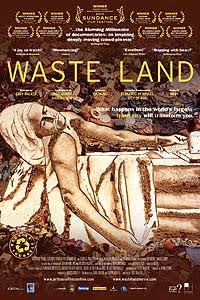A Brief History of Early Animation

During my visit to the George Eastman House Museum, an exhibit on animation caught my eye. Thus, I decided to focus on the history of animation for my presentation. Since ancient times, humans have been fascinated with the idea of animating stationary images. While primitive, the methods have evolved from drawing multiple sets of legs on an animal on the wall of a cave, to the sophisticated techniques of today. In between, there have been multiple major breakthroughs that I will summarize here. In the 17th century, Magic Lanterns projected series of images onto walls as a form of entertainment. These were some of the first examples of rudimentary projectors. In 1824, Sir John Herschel created the Thaumatrope. This used persistence of vision to make 2 images seemingly combine when a disk was spun. In 1831, the Phenakistoscope was invented which uses images drawn on the same radius between slits. When spun before a mirror, the images seemingly moved. The next big leap came in 1834 wi...




